Tuesday, November 16, 2010
Evaluating Your Hay - Quality Hay for Your Alpacas
You are what you eat. So are our camelids. Most alpaca farms rely on hay to feed their herd some or all of the year. It is important to feed them quality hay or you can end up with thin or unhealthy animals.
Hay comes in 1st, 2nd and sometimes even 3rd and 4th cuts depending on the growing season and the weather at cutting times.
First cut hay is course with a lot of grasses and doesn’t have a lot of legumes such as alfalfa and clover. It may have quack grass, timothy, and brome. It may be weedy too. It dries quicker.
2nd cut hay is very rich in nutrients and has higher protein. It is greener than the 1st cut. It smells sweeter as well. You have to rake and dry this crop of hay more than the 1st cut because it is heavier and thicker. Also it is more likely to rot or catch fire if baled wet.
3rd cut hay is really, really thick and green. It is rich and has a really sweet smell to it. It has a lot of legumes and less grass which may be harder to digest. It is more difficult to dry.
Alpacas typically eat 2nd cut hay whereas cows, horses and goats usually do well on 1st cut hay.
The best time to evaluate hay is before you buy it. Ideally you’d want to go out to the field before it is cut and see the plants and the stage they are in. Or you can go once it is cut and on the ground before bailing. But for most of us summer is our busiest season and we’re lucky enough to get the necessary things done and get the hay in the loft. In that case, you can spend some time over the winter evaluating your hay and deciding if your source is worth sticking with.
Here are some quick tips to evaluate your hay:
1. Pick up the bail. - A good bale of hay will sag when you lift it up by the twine. Now drop the bail from at least waist level. It should bounce. If it thuds, it's a dud. Now, cut the twine or wire. The hay should spring out. If the bail had been packed too tightly it has likely trapped moisture leading to mold growth.
2. Look at the color. - Now that you have a bale open, look inside and see what color it is. If the outside is bleached from the sun, that's ok. But the hay should have a bright green color inside. This is an indicator that the hay has higher proteins and vitamins. Thumbs down on yellow and brown colored hay. No nutrients translates into sick alpacas.
3. Stickiness. - When you open the bale and pull the leaves apart, do they stick together? Yuck. No good. This is an indicator of mold. Does the bale feel warmer than others? Reject this loser, too and get it out of your loft. It is composting and could ignite.
4. Take a whiff. - Sniff that hay! You know what mold smells like and you can definitely smell it in hay. Quality hay smells sweet and grassy.
5. Work those eyeballs. - Really look at the hay. If you're buying alfalfa, make sure it's leafy with soft stems. In grassy hay, look for seed heads. REJECT! Lots of seed heads are an indication that the grass was cut when it was more mature and has lost protein value and palatability.
6. ‘Listen’ to your animals. – If you see them refusing a bale, trust that they are doing it for good reason. There can always be a bad bale in a good batch of hay (from the edge of the field, packed too tightly before they adjusted the twine properly, etc). Get rid of it and give them another. If they refuse all the hay (which happened to me one fall), first make sure it is good hay and if the only reason they are refusing it is preference, douse it with a molasses/water mixture to make it more appealing until they adapt to the taste.
7. How was it fertilized. – Ask your hay farmer what they use for fertilizer on the field and how often. You don’t want clumps of manure falling out, making it unappetizing to your animals and possibly carrying parasite eggs with it. Nor do you want hay from a field that has had little or no fertilizer –that will grow nothing but empty food for your animals. Organic fertilizer in the form of composted manure is better than chemical fertilizers.
8. Test it. – Your feed company will often do this at no charge and give you a write up on how much you should supplement your animals with grain based on the nutrition of your hay and the demands on the animal (pregnancy, lactation, etc). Or you can have it tested by your local university or a private company.
9. Secure good hay for the next year. – If you are satisfied that your hay is of good quality and feeding your animals well, talk to your hay farmer and make sure you can secure hay from that same field next year. If you are not satisfied, begin seeking a new source now. Or consider buying a hayfield, seeding and fertilizing as you want it and either haying it yourself or hiring a hay farmer to do it.
Like anything, we can only do our best within the confines of everything we are doing in our lives. Thus, most of us cannot obsess about our hay. If all that time allows for are the first four of the list above, you can get by fine as long as you monitor your animals for condition and vibrancy and make adjustments accordingly. But if time does allow, finding and securing an excellent hay source is well worth it.
Subscribe to:
Post Comments (Atom)
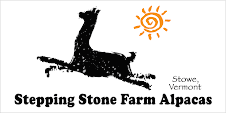
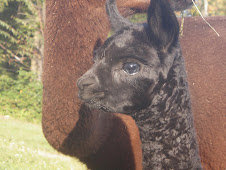
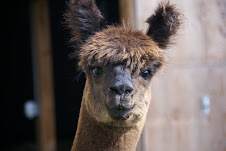
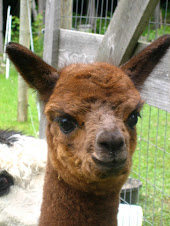
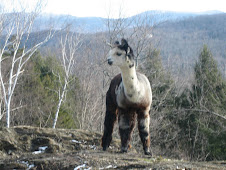

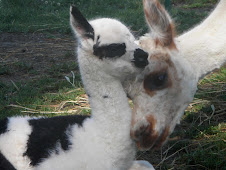
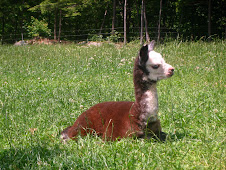

No comments:
Post a Comment